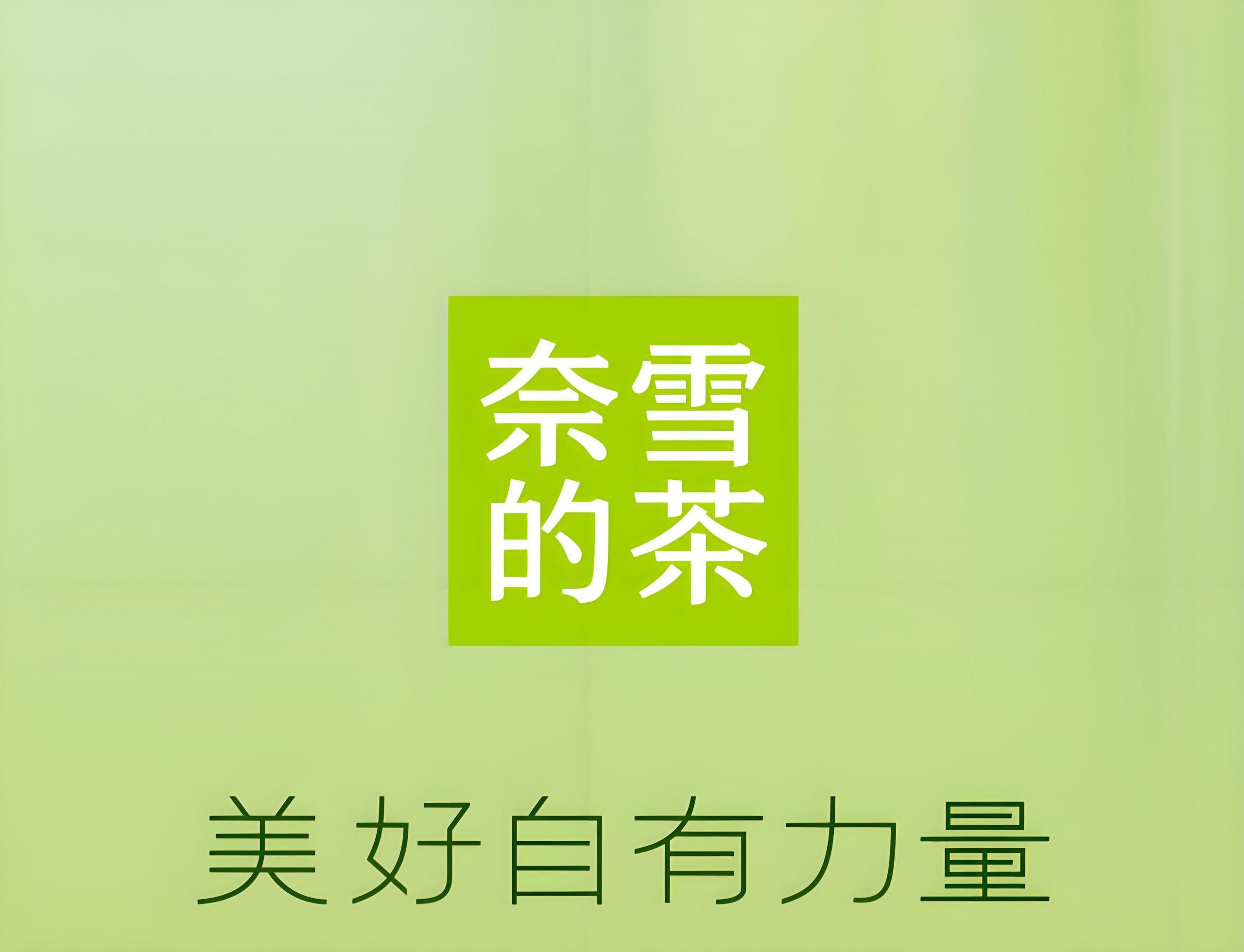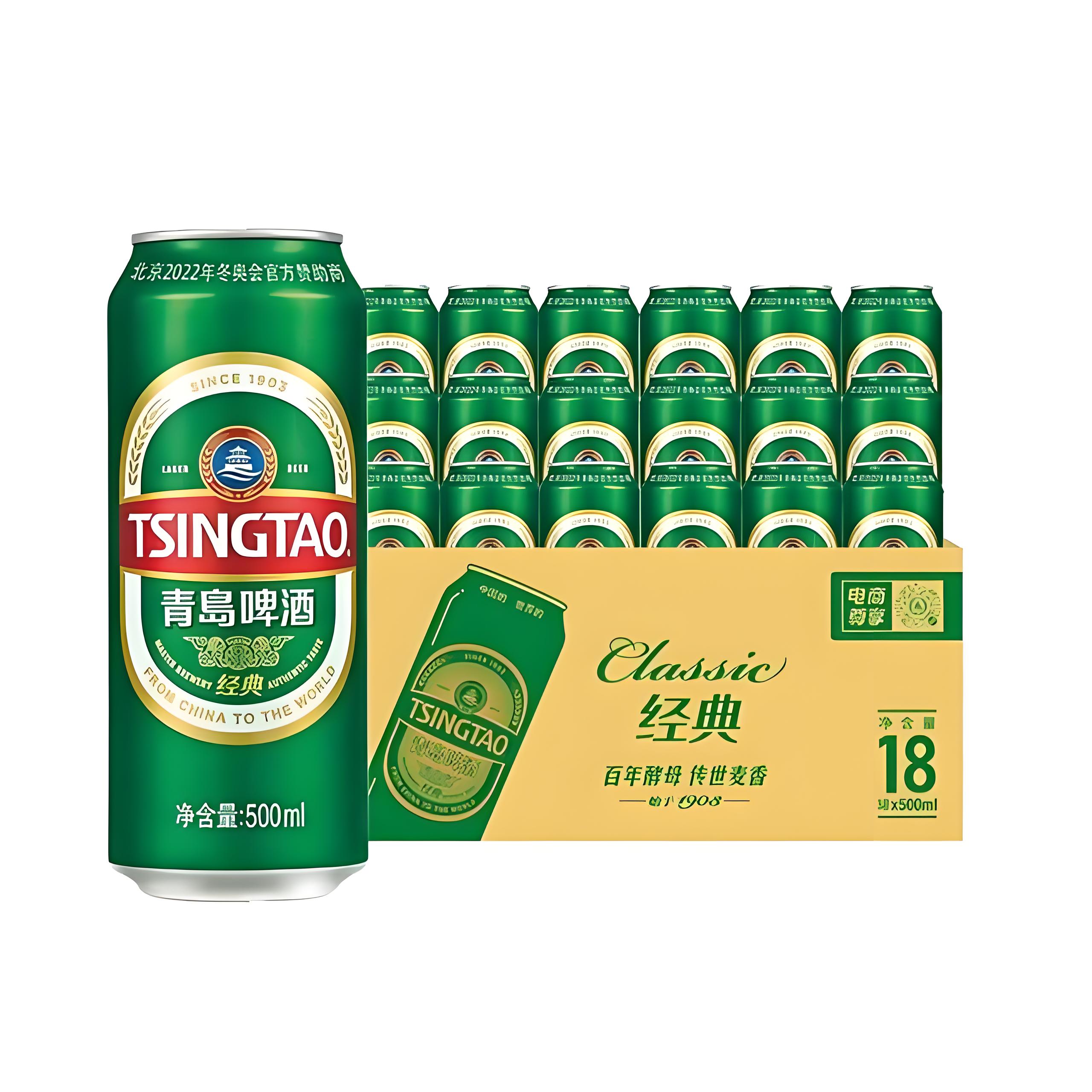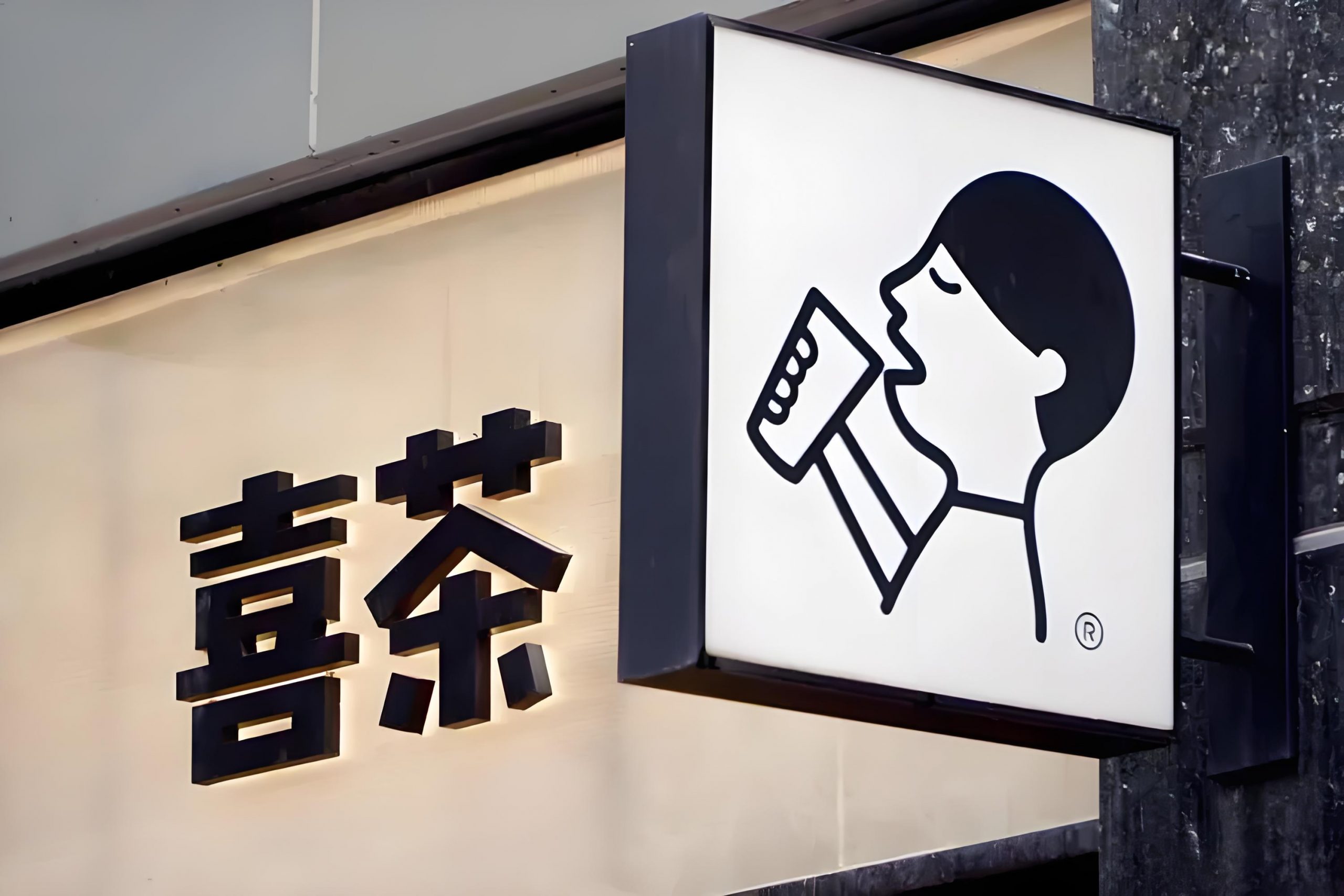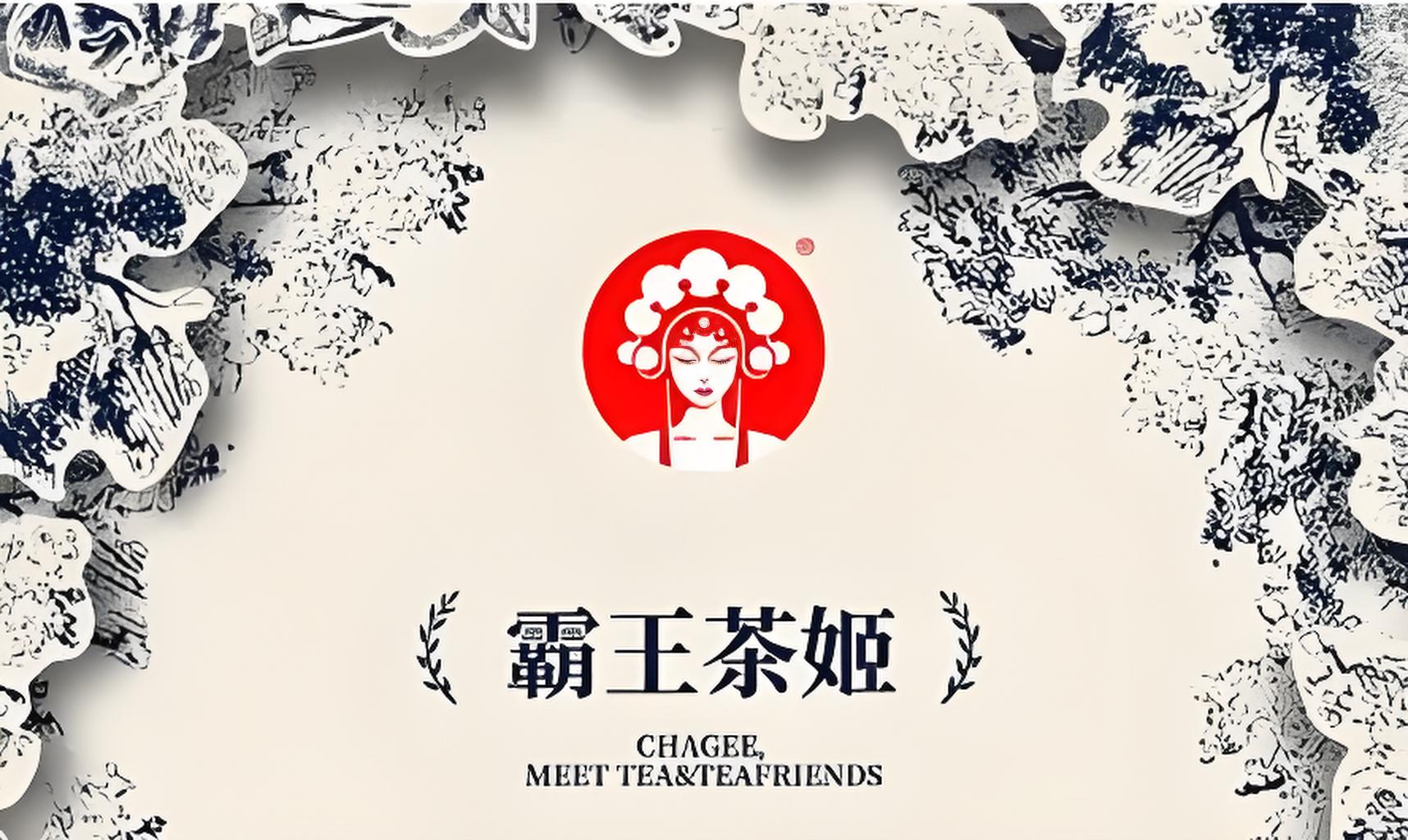Urbanic, as a cross-border fast fashion brand operating in global markets, particularly emphasizes the strategic significance of its presence in emerging markets. Here is an analysis of the Urbanic brand and the fast fashion market background, along with relevant data:
Market Environment:
According to reports, the fast fashion market has always been dominated by "fast kings" with clothing as the core. The rise of brands like Shein has disrupted the market landscape previously dominated by major players such as ZARA and H&M. China, as a traditional clothing industry powerhouse, produces a large number of garments annually, with a significant share of global exports. Fast fashion brands are increasingly focusing on personalized demands and DTC models for international expansion.
Urbanic's Collaboration Strategy in India:
Urbanic chose to collaborate with local e-commerce platforms in India, entering platforms like Flipkart early on to establish sales channels and enhance brand visibility. Urbanic emphasizes data-driven strategies to lower return rates and optimize the product supply chain through a human-machine hybrid model.
Funding Status:
Urbanic recently completed a $150 million Series C funding round, with investors including Mirabaud Lifestyle Impact & Innovation Fund, D1 Capital Partners, and other global investors, demonstrating market recognition of its potential.
Influencer KOL Marketing Strategy:
Urbanic collaborates with top local influencers like Sonia Garg to showcase product features to target customers through co-produced videos, influencing consumer purchasing decisions. Additionally, Urbanic also partners with micro-influencers and KOC to effectively attract customers and maintain brand popularity.
Category Strategy and Weakness:
Urbanic mainly sells clothing products and its product line is not as extensive as some other brands. However, with a core strategy of being "data-driven," it focuses on achieving a "zero inventory" supply chain. Nonetheless, Urbanic currently faces a weakness in its logistics network, relying on multiple courier companies for order delivery without displaying estimated delivery times or expedited shipping services, which may impact user experience and brand image.In summary, Urbanic’s development strategy in emerging markets is highly noteworthy. Through collaborations with local e-commerce platforms, data-driven approaches to reduce return rates, influencer KOL marketing strategies, and successful fundraising initiatives, Urbanic has achieved notable sales performance. However, as a multinational brand, Urbanic also needs to strengthen its logistics network to enhance user experience and ensure sustainable future growth.










